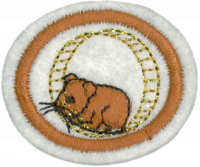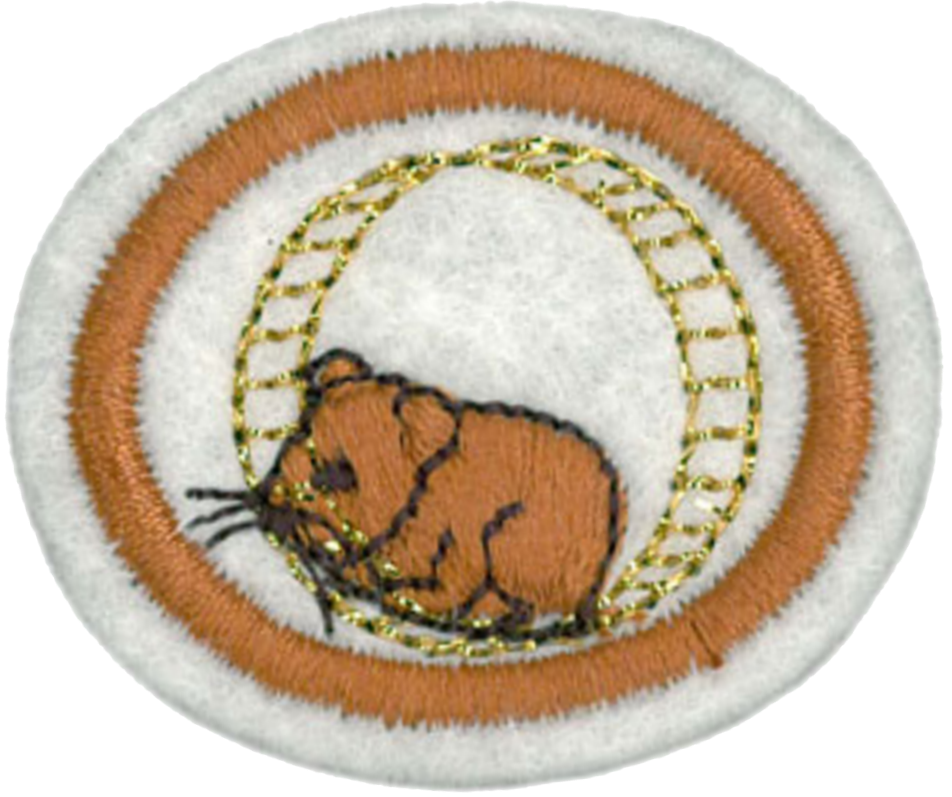Difference between revisions of "AY Honors/Small Mammal Pets/Answer Key/es"
(Created page with "{{clear}}") |
(Created page with "</noinclude> <!-- 8. ¿Por qué no es bueno hacer mascotas de los pequeños mamíferos capturados en el medio silvestre? -->") |
||
| Line 32: | Line 32: | ||
{{CloseReq}} <!-- 4 --> | {{CloseReq}} <!-- 4 --> | ||
{{ansreq|page={{#titleparts:{{PAGENAME}}|2|1}}|num=5}} | {{ansreq|page={{#titleparts:{{PAGENAME}}|2|1}}|num=5}} | ||
| − | <noinclude> | + | <noinclude></noinclude> |
| − | </noinclude> | + | <!-- 5. Completar lo siguiente: --> |
| − | <!-- 5. | + | <noinclude></noinclude> |
| − | <noinclude | ||
| − | |||
{{ansreq|page={{#titleparts:{{PAGENAME}}|2|1}}|num=5a}} <!--T:6--> | {{ansreq|page={{#titleparts:{{PAGENAME}}|2|1}}|num=5a}} <!--T:6--> | ||
<noinclude></noinclude> | <noinclude></noinclude> | ||
| Line 131: | Line 129: | ||
{{CloseReq}} <!-- 5 --> | {{CloseReq}} <!-- 5 --> | ||
{{ansreq|page={{#titleparts:{{PAGENAME}}|2|1}}|num=6}} | {{ansreq|page={{#titleparts:{{PAGENAME}}|2|1}}|num=6}} | ||
| − | <noinclude> | + | <noinclude></noinclude> |
| − | </noinclude> | + | <!-- 6. Escribir un ensayo de 200 palabras sobre la historia y el calor de alguno de los anteriores y las características que tienen que las hacen buenas mascotas. --> |
| − | <!-- 6. | ||
| − | |||
| − | |||
| − | |||
| − | |||
| − | |||
| − | |||
| − | |||
| − | |||
| − | |||
| − | |||
| − | |||
<noinclude></noinclude> | <noinclude></noinclude> | ||
{{CloseReq}} <!-- 6 --> | {{CloseReq}} <!-- 6 --> | ||
{{ansreq|page={{#titleparts:{{PAGENAME}}|2|1}}|num=7}} | {{ansreq|page={{#titleparts:{{PAGENAME}}|2|1}}|num=7}} | ||
| − | <noinclude> | + | <noinclude></noinclude> |
| − | </noinclude> | + | <!-- 7. Ser capaz de identificar cinco variedades de hámster y cinco variedades de conejos. --> |
| − | <!-- 7. | ||
| − | |||
| − | |||
| − | |||
| − | |||
| − | |||
| − | |||
{{clear}} | {{clear}} | ||
| Line 212: | Line 191: | ||
{{CloseReq}} <!-- 7 --> | {{CloseReq}} <!-- 7 --> | ||
{{ansreq|page={{#titleparts:{{PAGENAME}}|2|1}}|num=8}} | {{ansreq|page={{#titleparts:{{PAGENAME}}|2|1}}|num=8}} | ||
| − | <noinclude> | + | <noinclude></noinclude> |
| − | </noinclude> | + | <!-- 8. ¿Por qué no es bueno hacer mascotas de los pequeños mamíferos capturados en el medio silvestre? --> |
| − | <!-- 8. | ||
| − | |||
| − | |||
| − | |||
| − | |||
| − | |||
| − | |||
| − | |||
| − | |||
| − | |||
<noinclude></noinclude> | <noinclude></noinclude> | ||
Revision as of 13:50, 23 April 2021
Nivel de destreza
2
Año
1997
Version
17.01.2026
Autoridad de aprobación
Asociación General
1
Para consejos e instrucciones, véase Mamíferos.
2
3
- a. Si actualmente dispone de un mamífero pequeño como mascota, mantener un registro de la atención de su mamífero pequeño durante un mes. Incluir en el expediente cuando le da agua, alimento y cuando limpia su jaula.
- b. Si actualmente no dispone de un mamífero pequeño como mascota, pero ha mantenido una durante al menos seis meses, cuidar para alguien uno durante al menos una semana. Registrar la atención que fue requerida.
4
5
5a
i
ii
iii
iv
v
vi
vii
viii
5b
5c
6
7
8
9
Rabies is a viral disease that causes inflammation of the brain (encephalitis). If untreated, it is always fatal.
10
Guinea pigs, rats, and mice are used extensively in medical research because they are susceptible to many of the same diseases and virus as humans. Having a cold means you are infected with a Rhinovirus, a virus that can make all of these animals sick. When you have a cold, you can easily spread germs to others (that's probably how you caught the cold in the first place), whether they are human, or animal. Do your family, friends, and pets a favor, and wash your hands frequently, especially if a cold is going around or if you have one yourself. And if you do have one, stay away from small mammal pets!
11
Three references can be found in these two verses.
The rabbit, though it chews the cud, does not have a split hoof; it is unclean for you.
»”Y tendréis por inmundos a los siguientes animales que se mueven sobre la tierra: la comadreja, el ratón, las distintas especies de rana, el erizo, el cocodrilo, el lagarto, la lagartija y el camaleón.


